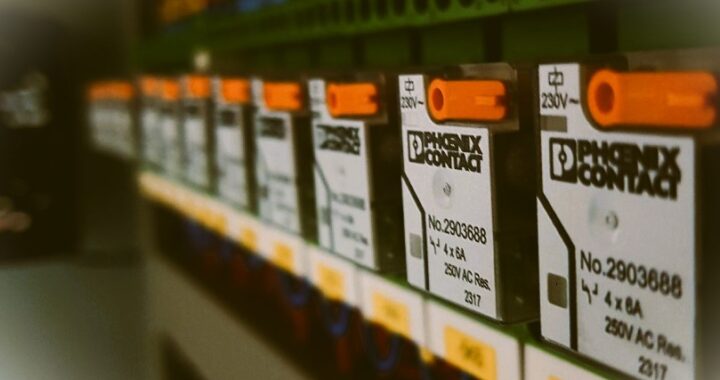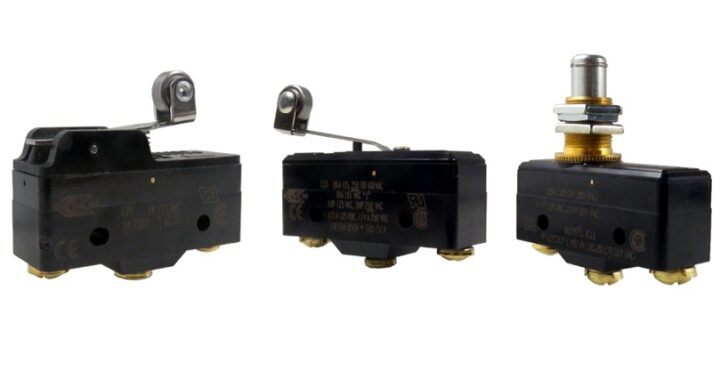Advantages and Disadvantages of SCADA: Full List!

The possession and use of SCADA (Full form: Supervisory Control And Data Acquisition) have become a necessity. SCADA refers to the combination of telemetry and data acquisition. SCADA encompasses the collecting of the information, transferring it back to the central site and carrying out any necessary analysis and control. Then displays that information on several operator screens or displays. Although SCADA has lots of advantages for the users and systems, it has also some disadvantages.
Advantages of SCADA
The following are the benefits of SCADA:
- A SCADA system consists of several remote terminal units (RTUs) collecting field data and sending that data back to a master station, via a communication system. The master station displays the acquired data and allows the operator to perform remote control tasks.
- The accurate and timely data (normally real-time) allows for the optimization of the operation of the plant and process. A further benefit of SCADA is more efficient, reliable, and most importantly, safer operations.
- A large amount of data can be stored by using SCADA systems.
- The data can be displayed in various formats as per user requirements.
- It is an interface connecting thousands of sensors across a wide region for various monitoring and controlling operations.
- Improved operation of the plant or process resulting in savings due to optimization of the system.
- With advanced protocols and application software, the data can be monitored from anywhere. (Locally and remotely)
- The redundancy of units is incorporated in the SCADA system in order to have a backup in the event of faults or failures. This makes the system more robust.
- Many utilities still rely on manual labor to perform electrical distribution tasks that can be easily automated with SCADA systems. It increases manpower productivity.
- It is fast in obtaining a response.
- It is scalable and flexible in adding additional resources.
- Typically, SCADA systems are used to automate complex industrial processes where human control is difficult. For example, in systems where there are more control factors unable to be managed by operators in a control center. SCADA systems are widely used for control in the following domains: Electric power generation, transmission, and distribution, water and sewage, buildings, manufacturing, mass transit and traffic signals.
- These systems can be relatively simple, such as one that monitors the environmental conditions of a small office building, or very complex, such as a system that monitors all the activity in a nuclear power plant or the activity of a municipal water system.
- It safeguards the environment from the failure of the system.
- It improves energy savings due to the optimization of the plant.
- It can be adapted to government regulations for the safety and metering of gas (for royalties & tax etc)
- It reduces Aggregate Technical & Commercial Losses.
- It reduces the time for fault identification and restoration.
- Operators can use powerful trending capabilities to detect future problems, provide better routine maintenance of equipment and spot areas for improvement.
Disadvantages of SCADA
The following are the limitations of SCADA:
- Even with the reduced amount of wire when using a PC to IED system, there is usually a lot of wire in the typical SCADA system. (Especially in old technologies) This wire brings its own problems, with the main problem being electrical noise and interference.
- If a new system is to be implemented, consideration must be given to the quality of the system to be installed. No company has an endless budget. Weighing up economic considerations against performance and integrity requirements is vital in ensuring a satisfactory working system at the end of the project. Installation costs should be considered.
- The PLC-based SCADA system is complex in terms of hardware units and dependent modules.
- A successful SCADA installation depends on utilizing proven and reliable technology, with adequate and comprehensive training of all personnel in the operation of the system.
- The system increases unemployment rates.
- The system supports the use of restricted software and hardware equipment.
- Controlling remote sites via a web browser can create security concerns. SCADA systems are a network presence and face significant threats and vulnerabilities.
- SCADA systems are currently vital components of most nations’ critical infrastructures. They control pipelines, water and transportation systems, utilities, refineries, chemical plants, and a wide variety of manufacturing operations. Failure of controlled systems can lead to direct loss of life due to equipment failure or indirect losses due to failure of critical infrastructure controlled by SCADA.
- Replacing hardware components is an expensive, unpalatable option for the customer.
In conclusion, SCADA systems have become a necessity for industries to optimize their processes, improve safety, and reduce costs. They provide accurate and real-time data, store large amounts of information, and can be monitored from anywhere. However, SCADA systems have their limitations, including installation costs, the complexity of hardware units and dependent modules, and security concerns. Despite these drawbacks, the benefits of SCADA systems outweigh the disadvantages and their implementation is critical for the efficient operation of critical infrastructure. The success of a SCADA installation depends on utilizing reliable technology and comprehensive training of personnel. Overall, SCADA systems are essential tools for industries to increase productivity, safety and environmental sustainability.

 Types of Timer Relays and Their Applications
Types of Timer Relays and Their Applications  Relay Applications: Real-Life And Industrial Examples
Relay Applications: Real-Life And Industrial Examples  Types of Micro Switches and Their Applications
Types of Micro Switches and Their Applications  Best Voltage Testers for Home Use: 2023 Edition
Best Voltage Testers for Home Use: 2023 Edition  Advantages of Transducers for Optimal Measurement
Advantages of Transducers for Optimal Measurement  Advantages of Infrared Sensors: Improved Accuracy and More
Advantages of Infrared Sensors: Improved Accuracy and More